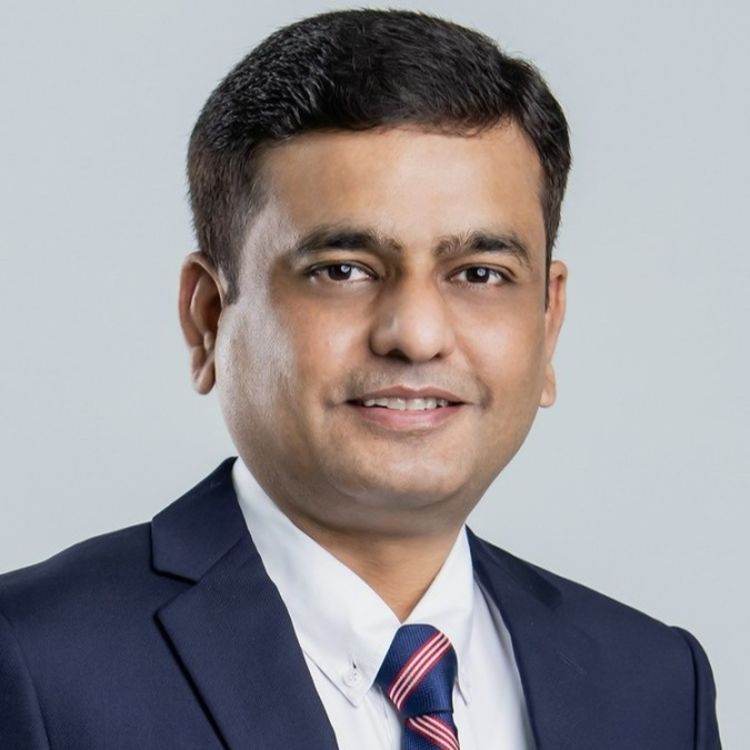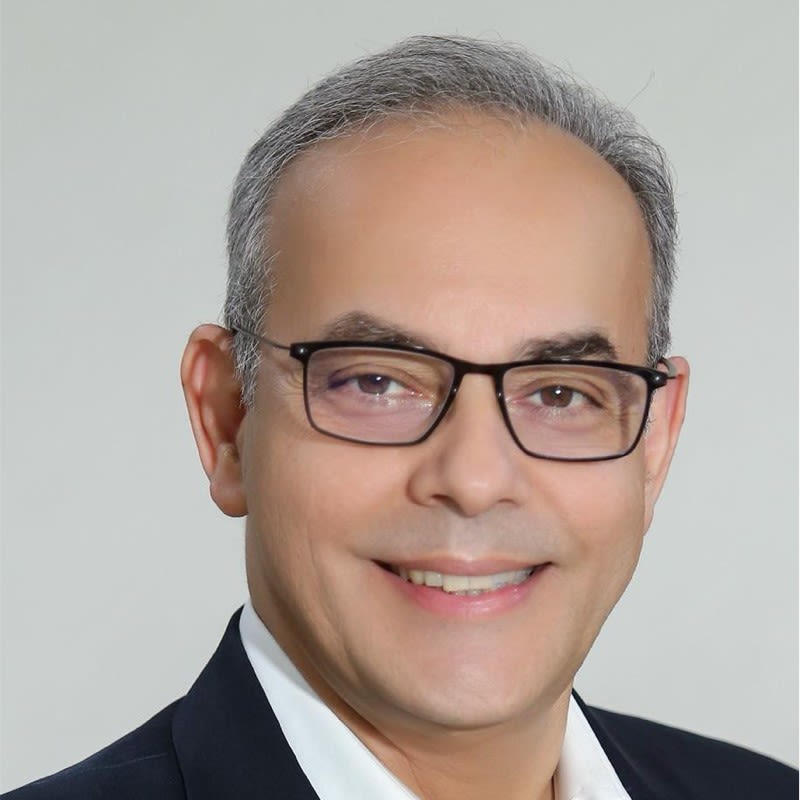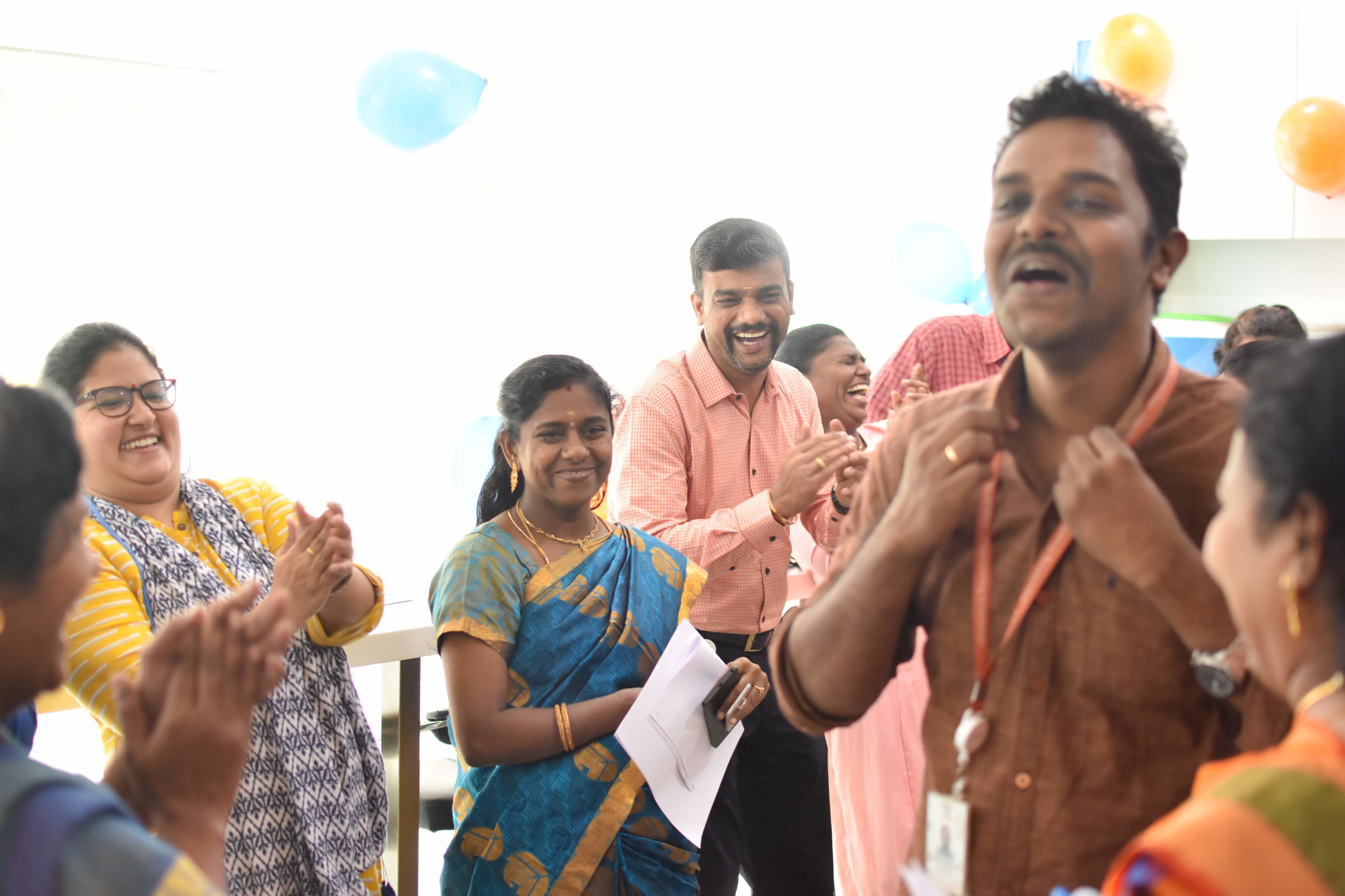Journeying on with India into the next millennium
For six millennia, the world has benefited from India’s discoveries: Now India is shaping the future of science and health
By Jason Chan, Saurabh Sharma, Shanker Kaul and Malini Sree Sangeneni
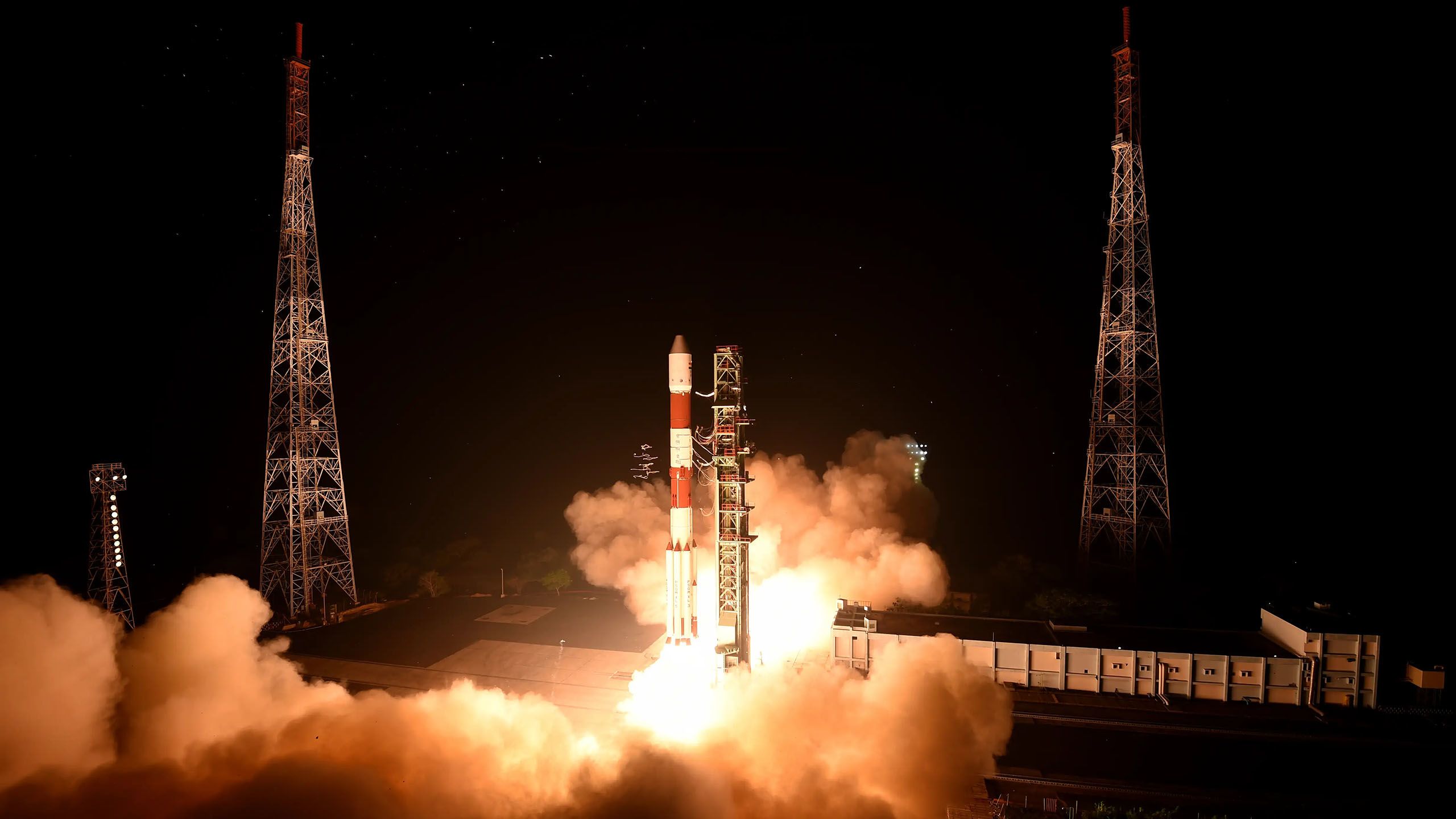
A living legacy of scientific discovery
From the first Bakhshali manuscript discovered in 1881 revealing the first use of the unit zero as a numeral to the successful 2023 rocket launches to the moon and sun, India has established itself as a key innovator in shaping the future of global science.
For more than six millennia, the world has benefitted from India’s remarkable inventions and discoveries in fields ranging from agriculture, metallurgy and medicine to mathematics, astronomy and space.
Since its inception in India nearly three decades ago, Elsevier's presence has been instrumental in fostering knowledge dissemination, driving research excellence, and supporting the country's vision of becoming a global knowledge hub.
Over time, Elsevier has played a pivotal role in facilitating the exchange and collaboration of scientific ideas, discoveries and insights between India’s researchers and the global scientific community. This collaboration not only accelerates scientific discovery but also facilitates the translation of research into tangible solutions that address pressing global and societal challenges.
Today, India has overtaken the UK as the third largest global producer of research papers, signalling in earnest that the nation has arrived and is ready to play in the scientific big league.
Here, we feature the perspectives of three Elsevier leaders who have witnessed India’s evolution firsthand and who are playing a key role in supporting the research and health communities there.


Supporting progress while safeguarding research integrity
By Saurabh Sharma | VP, Academic & Government, Asia Pacific
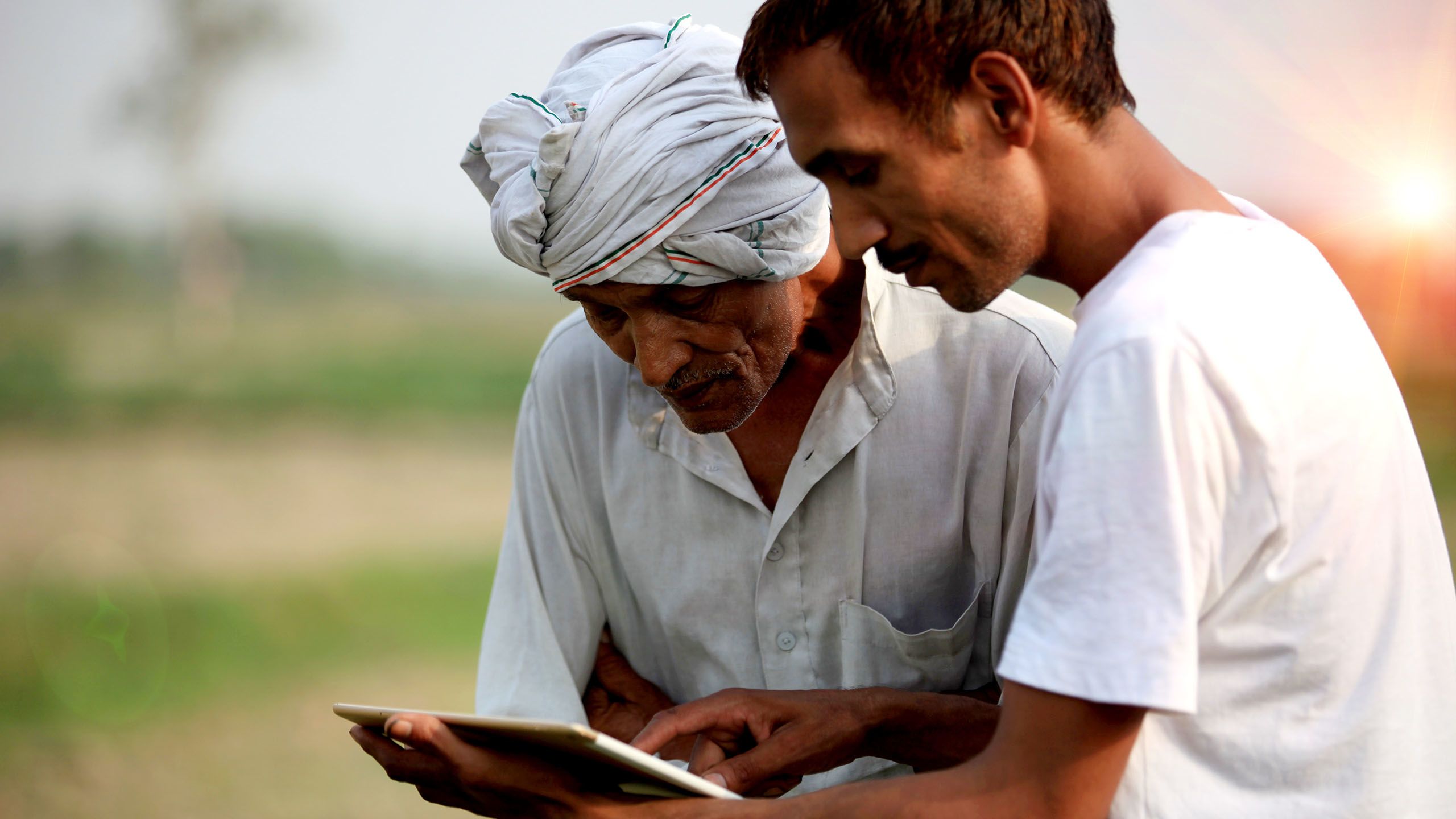
“To safeguard the credibility of India’s research output, it is imperative to implement stringent measures and policies that combat unethical practices. Only by fostering a culture of rigorous academic integrity can India maintain and enhance its standing in the global research community.”
Saurabh Sharma, who joined Elsevier as a sales manager 20 years ago, has risen through the ranks to become VP for Academic & Government research segments across the Asia Pacific region. He has personally witnessed the evolution of India’s academic research landscape.
A remarkable transformation
In reflecting on India’s science and innovation landscape over the past two decades, the transformation has been nothing short of remarkable. There has been a concerted effort from the government to bolster the nation’s research capabilities by establishing new institutions such as the IITs and NITs, which serve as epicentres of academic and governmental research. Although the percentage of GDP spent on research remains relatively low, targeted investments in sectors like biotechnology, space research, atomic research, agricultural research and fundamental sciences have begun to bear fruit. This strategic focus has been pivotal in making India a formidable player on the global research stage.
During this period, the palpable progress has been evident not just in the volume but also in the quality of research output. India has made significant strides, becoming the third largest producer of research globally. However, this growth brings with it both opportunities and challenges. On the one hand, the “Make in India” initiative has paved the way for increased foreign investment and manufacturing, which in turn supports R&D activities within the country. On the other hand, the challenges of ensuring sustainable growth and quality in research remain, necessitating substantial policy reforms and increased investment in research infrastructure.
Safeguarding the integrity of research
One of the most pressing issues that could potentially derail India’s scientific progress is academic piracy, fraudulent publishing practices, and the proliferation of academic paper mills. These malpractices not only undermine the integrity of research but also tarnish the reputation of genuine scholars and institutions. To safeguard the credibility of India’s research output, it is imperative to implement stringent measures and policies that combat these unethical practices. Only by fostering a culture of rigorous academic integrity can India maintain and enhance its standing in the global research community.
Elevating the profile of local universities
As India continues on its upward trajectory, it is essential to not only scale up investments but also elevate the profile of domestic institutions. The government’s initiatives to invite foreign universities to set up campuses in India are commendable and will likely spur healthy competition. However, it is equally crucial to ensure that local institutions are not overshadowed but instead are empowered to rise to the occasion. By improving infrastructure, supporting individual researchers, and increasing the GDP percentage allocated to research, India can ensure that its research landscape continues to thrive and contribute significantly to global scientific advancements.
An unwavering focus on health and well-being
After gaining its independence in 1947, India immediately began focusing on safeguarding the well-being and health of its populace. The government of the day began putting in place policies from 1950 to improve healthcare access and deliver essential services.
Evolving from our roots in publishing and going beyond academia and research, Elsevier also plays a crucial role in supporting India’s healthcare policies by providing access to critical medical literature and resources which support evidence-based decision-making at the point of care as well as enhances professional learning and skills.
Today, Elsevier’s suite of technology-enabled solutions supports the transition of healthcare practitioners from classroom settings to clinical environments and helping them stay updated with the latest medical advancements, evidence-based practices and clinical guidelines.
Elsevier India’s focus on inclusivity and accessibility ensures that medical knowledge and advancements reach every corner of the country, promoting healthcare equity and bridging the divide between urban and rural areas. By empowering healthcare professionals with the latest evidence-based practices, Elsevier is fostering a culture of continuous learning and improvement, ultimately leading to better patient outcomes and a more equitable healthcare system.
Levelling access to healthcare
By Shanker Kaul | Managing Director, Health Solutions India

Ensuring equitable access to healthcare
In my high-level observations of the Indian healthcare landscape, the most significant challenge remains driving access to healthcare for India’s large and growing population. Since India's independence 77 years ago, we have made considerable strides in establishing a comprehensive primary healthcare ecosystem. Public hospitals, both at the primary and tertiary levels, have spearheaded public health research and have become centres of excellence. These institutions have also played a crucial role in building quality graduates, postgraduates and specialists in various medical fields.
However, despite this progress, challenges persist. One of the most pressing issues is ensuring equitable access to healthcare across India’s vast geography. The country’s diverse and often remote populations still face significant barriers to accessing quality healthcare services. Furthermore, the healthcare ecosystem struggles with resource constraints, infrastructural gaps, and the need for more trained medical professionals to meet the high demand.
The game-changing power of digital health
On a more optimistic note, the recognition that digital health can play a huge role in driving healthcare equity is now firmly established among government and healthcare stakeholders. Initiatives are increasingly relying on data-driven decision-making, and telemedicine has become a crucial tool in reaching remote parts of the population. The integration of clinical decision support tools — once made intuitive and easy to deploy — promises to be a game-changer.
The power of partnership
These advancements present significant opportunities for partnerships with medical institutions and government health agencies, especially at the state level, to bring innovative solutions to the forefront. This will be critical for effective disease surveillance and population health management to achieve our SDG3 goals. National programs like Ayushman Bharat are exemplary in illustrating how India can achieve healthcare equity. This scheme aims to provide healthcare to over 500 million people, making it one of the world’s most ambitious health initiatives. It leverages both public and private sector resources to offer comprehensive health coverage, including secondary and tertiary care.
By embracing digital health solutions, telemedicine and data-driven strategies, we can further these efforts, ensuring that even the most underserved populations receive the care they need. The journey ahead may be complex, but with continued innovation and collaboration, we can make substantial strides toward a healthier India.
“The integration of clinical decision support tools — once made intuitive and easy to deploy — promises to be a game-changer. These advancements present significant opportunities for partnerships with medical institutions and government health agencies ... to bring innovative solutions to the forefront.”
Shanker Kaul, Managing Director of Elsevier’s Health Solutions in India, is a seasoned business leader with deep and broad expertise spanning more than three decades in the healthcare space.
Growing our technology capacity in India
Elsevier continues to expand its presence in India through its Operations and Technology centres, both serving as vital pillars in the company’s global business.
Established in 2010, the Chennai operations centre plays a significant role in managing Elsevier's vast content database, facilitating content digitization, indexing and organization, inventory management as well as logistics distributions of more than 90% of Elsevier’s print books and over 85% of its journal titles to ensure its availability and accessibility to customers worldwide. The centre also provides customer support services to Elsevier's global customer base helping to manage inquiries, offer technical assistance and resolve product-related issues or concerns.
Elsevier’s technology centres — staffed by nearly 250 technologists, engineers and data scientists — work alongside global innovation teams to support the company’s portfolio of products. While the centre in Chennai actively drives innovation through artificial intelligence, machine learning and data analytics in areas such as content enrichment, semantic search, predictive analytics and user experience to enhance the research and publishing ecosystem, the Bengaluru centre optimizes data science, virtual reality and augmented reality to accelerate the development of Elsevier’s global health sciences and research-related solutions for customers across Asia Pacific and the Middle East.
Technology-driven and future-ready
By Malini Sree Sangeneni | Director of Journal Operations, India

“India’s unparalleled talent pool, coupled with its a world-class educational infrastructure, positions India as a valuable partner to Elsevier. Our continued investment in this region not only leverages these strengths but also aligns with our commitment to talent and driving technological advancements.”
As Elsevier’s Director of Journal Operations in India, Malini Sree Sangeneni is upbeat about India’s potential and future and Elsevier's role in supporting India’s progress.
Expanding our presence to support India’s growth
Elsevier has been actively expanding its presence in India, with our overall headcount now close to 1,500 across Chennai and Bengaluru, and steadily growing. These numbers predominantly come from our Operations teams, with 400+ employees dedicated to technology roles, and we have ambitious plans for further expansion. This organic growth is a testament to the strategic importance we place on India as a key market and talent pool. By investing heavily in talent acquisition, forming partnerships with universities, and establishing robust development centres in key Indian cities, we are laying a strong foundation for sustained growth and innovation.
A robust educational infrastructure
India’s differentiating edge stems from its robust educational infrastructure, producing an average of 1.5 million engineering graduates annually, the largest number of engineering institutions globally, and similar impressive statistics in other subject areas. This unparalleled talent pool, coupled with world-class infrastructure, positions India as a valuable partner to Elsevier. Our continued investment in this region not only leverages these strengths but also aligns with our commitment to talent and driving technological advancements. This strategic focus ensures that we remain at the forefront of research and development, benefiting both our global and local stakeholders.
Tapping into India’s dynamic workforce
Elsevier’s Operations and Technology units in India are rife with potential and opportunities, poised to become global centres of excellence and innovation. Almost every vertical across our parent company, RELX, has been tapping into the dynamic and youthful workforce available, turning India into a pivotal knowledge hub that enhances collaboration, communication and efficiency. This move underscores the capabilities and dedication of our senior leadership in developing India’s role as a cornerstone of our global operations. The cost advantage, coupled with an expanding footprint, creates a fertile ground for employee growth and development, driving engagement and motivation.
This symbiotic relationship is not only beneficial for Elsevier and our employees but can also propel India towards even greater heights of success.
India by the numbers
1. Rising research output
- India’s research output grew by 9% annually in the last 5 years (2019–23)
- Third largest global producer of scientific publications
2. Rising quality & quantity
- Quality of research improved by 6% annually in Field Weighted Citation Impact (FWCI) over the last 5 years (2019–23)
- 15% annual growth in Q1 journal publications due to government policies
3. Elsevier’s contributions to India’s research excellence*
- Elsevier publishes 30.6% of the top 10% most cited Indian research
- References to Elsevier content: 29.5%
- Publication share of Elsevier articles: 15.7%
- Citation share of Elsevier content: 35%
- FWCI with Elsevier is 1.67 (India’s overall FWCI is 1.03; world average is 1.00)
*2019–23
4. Elsevier’s engagement with Indian institutions
- 400+ institutions access ScienceDirect
- 177 institutions access Scopus
- Scopus Young Scientist Awards recognizing and rewarding young Indian scientists since 2009
5. Supporting India’s research priorities
- 150+ author workshops
- Conducted 450+ capacity-building workshops for 300K+ researchers across India in support of NEP 2020’s Equity and Inclusion initiative
6. Presence in India
- Chennai: 1,100+ employees
- Bangaluru TechHub: 300+ employees
- Gurugram: 270+ employees
- Community of 550+ Elsevier editors across S&T disciplines in India
- 17 India-originated journal titles being published in India
7. Engagement with India’s health institutions and medical colleges
- 350+ institutions access our online products and solutions, including our flagship ClinicalKey Physician, ClinicalKey Nursing and ClinicalKey Student
- Students in more than 590 medical schools use our basic science and clinical science textbooks for undergraduate (MBBS) and PG medical courses
- 800+ nursing schools use our textbooks for undergraduate (BSc) programs
- Elsevier conducts 50+ medical writing workshops annually to support high quality medical research output in India
Journeying on with India ...
Elsevier’s confidence in India — and unwavering commitment to India’s pursuit of scientific excellence and accessible healthcare — stands as a beacon of progress and growth that is casting a light to help guide the future of global scientific inquiry and healthcare equity.
The company’s presence and strategic investment in India are delivering industry-leading research solutions, fostering collaboration, and enabling healthcare professionals and scientists to accelerate greater innovation, scientific discovery and better care for patients.
The collective efforts of all stakeholders — served and supported by Elsevier — will lead to a future where India will stand proudly at the forefront of global recognition, positively impacting the lives of millions and shaping a healthier, more prosperous nation.
That future is fast approaching.

